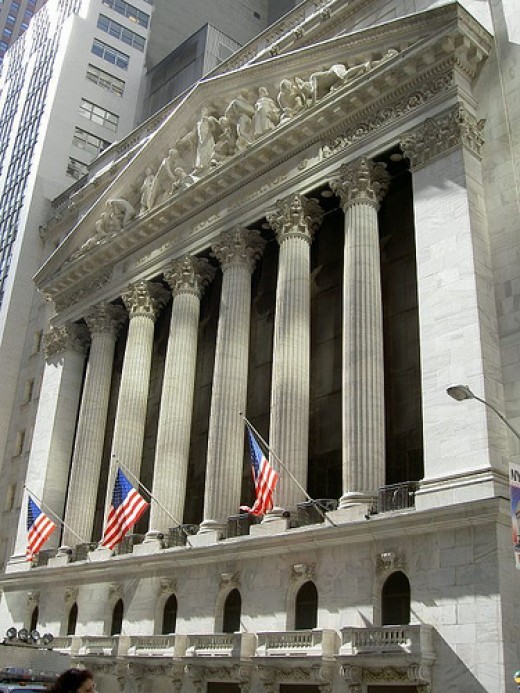Do stocks make sense for the 50plus crowd
Post on: 29 Май, 2015 No Comment

Overview
Between October 2007 and March 2009, the Standard & Poor’s 500 lost 55 percent of its value. An investor with a $1 million exposure to an S&P 500 fund would have lost $550,000 in the span of 17 months.
Unfortunately, many investors’ retirement accounts were top-heavy in equities and, as a result, suffered significant losses in the recent crash.
Nearly one in four investors ages 56 to 65 had more than 90 percent of their account balances in equities going into 2008, and more than two in five had more than 70 percent in stocks, according to the Employee Benefit Research Institute.
Younger investors typically have time to weather downturns in the market because they are further away from retirement. But if you’re older than 50, huge investment losses could be harder to recoup. It all depends on how close you are to retirement, how the stock market will perform in the future and your asset allocation mix.
Fortunately, over the long haul, the stock market has produced attractive returns for investors. Even in the three months since the bottom in March 2009, the S&P 500 rebounded 50 percent, according to Morningstar. But investors need another 50 percent gain just to break even.
Stocks trend upward over time
Between 1883 and 2008, the stock market averaged a 7.6 percent return after inflation, according to the Center for Retirement Research at Boston College.
Remarkably, $1 invested in 1926 in U.S. large stocks would have been worth $2,270 by the end of July 2009 after inflation and taxes, according to Ibbotson Associates.
That historical performance has some experts advocating that older investors shouldn’t get gun-shy about investing in stocks even as they approach retirement age, because the right mix could generally improve the likelihood that they’ll reach their goals and stay ahead of inflation.
At 50 years old, you still have 15 years before you’re going to retire, which is a long time, says Judith Ward, a senior financial planner at T. Rowe Price in Owings Mills, Md.
Our research has shown with stocks, including in 2008, that there has never been a 15-year period where average stock returns were negative. So we still think stocks are an important part of the portfolio.
So how do you figure out what percentage of stocks you should hold in your retirement portfolio?
The trick is to tweak the equity allocation in a way that makes sense based on your risk tolerance, time horizon and financial goals.
Getting the balance right
With most Americans relying on defined-contribution retirement accounts such as 401(k) plans and the like to fund their retirements, it pays to understand how they fund those accounts.
Some financial advisers recommend that investors subtract their age from 100 to arrive at the percentage of stocks they should hold in their portfolios.

So if you’re 55, you should have a 45 percent exposure to stocks, according to this general rule of thumb. But in the aftermath of the financial crisis, that wisdom is being challenged.
As life expectancies rise, and as the market slowly recovers from the recent bear-market slump, some experts advise older investors to increase the amount of stocks in their portfolios lest they miss expected gains from the economic recovery.
Ward says investors in their 50s should have an equity allocation of from 65 percent to 75 percent, depending on their risk tolerance.
If you’re more risk-averse, you might want to get down to 65 percent with a more balanced approach, she says. But if you’re self-directed and comfortable with volatility, we think even up to 85 percent could be OK for a 50-year-old.
Once you hit the sixth decade, Ward says, it’s probably best to dial those percentages back a bit.
For someone in their 60s, we suggest maybe a range of 50 percent to 65 percent in equities, she says. Even in retirement we think it still makes sense to include as much as 40 percent in equities in retirement accounts.
On the other hand, some financial experts say that an aggressive equity allocation during the latter years of the accumulation stage could be too risky.
advertisement














